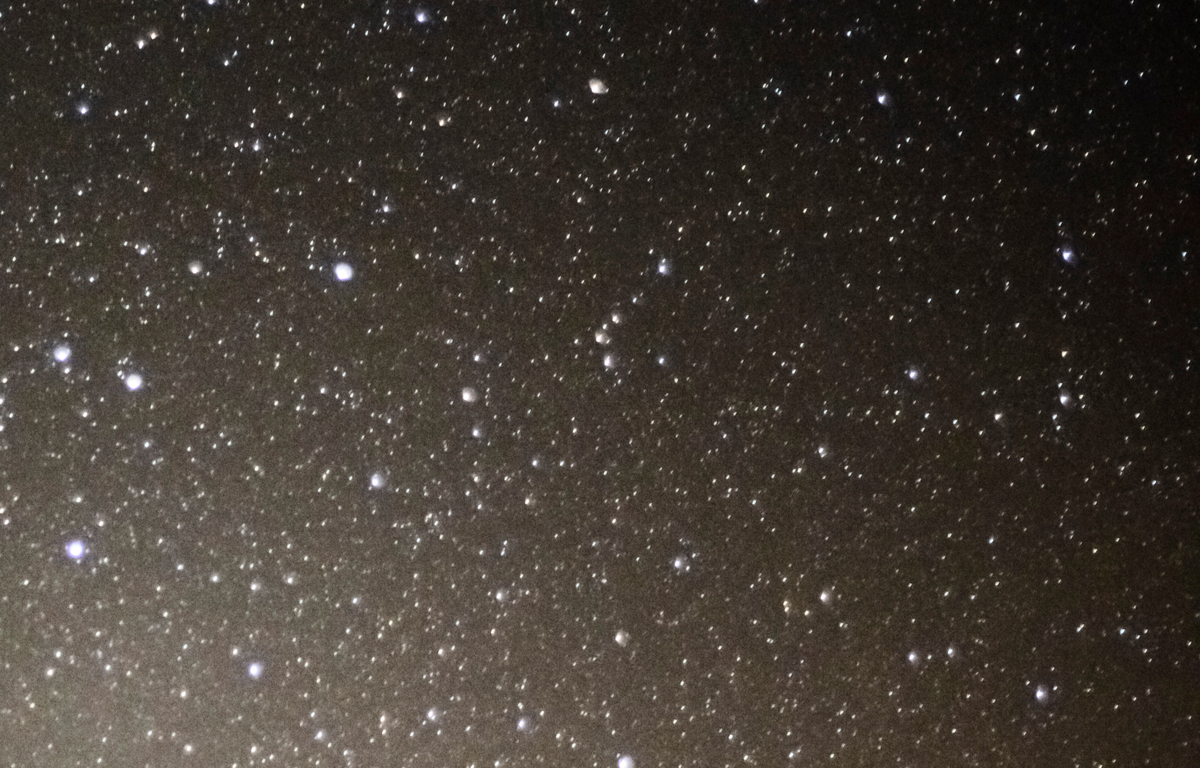The April Lyrid, an annual meteor shower, is expected to peak Tuesday, April 21 and Wednesday, April 22.
The week coincides with a new moon, which means visibility will be even better for the amateur stargazer. During the peak overnight hours between April 21 through the early morning hours of April 22 you can expect to see as many as 10 to 20 meteors per hour under dark skies.
While not as spectacular as the Perseid showers, the Lyrid still presents a beautiful display of stars streaking the sky.
WHAT TO LOOK FOR:
Find the constellation Lyra (hence Lyrids) and the star Vega. This will be the point from which the shower appears to emanate.

WATCHING WITH KIDS:
PBS Kids provides an introduction to star gazing with small children.
https://youtu.be/QtvDpuoR1j4
Follow these basics
1. Find a flat space, with minimal ambient light, from which you have an unobstructed view of the sky.
2. Bring blankets. The temperatures may be chilly overnight, so dress warmly.
3. Look for easy to spot constellations first: Big Dipper, Orion, etc


